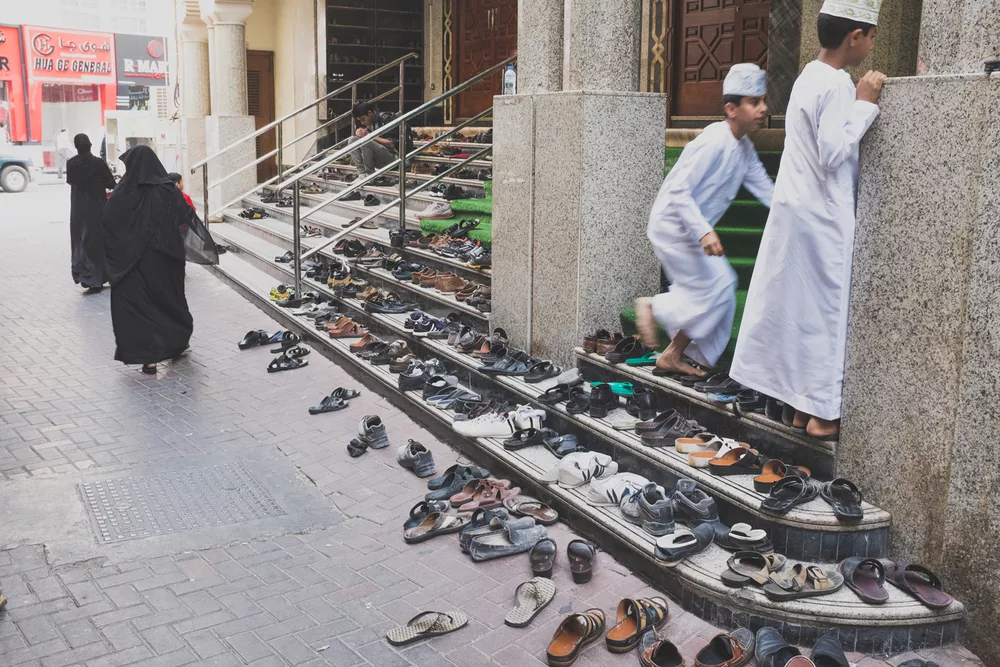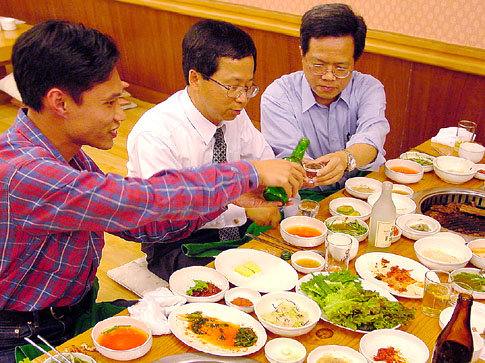One of the great things about traveling is experiencing new cultures, but it is also important to respect the customs and etiquette of the places you visit. In many cultures, even small gestures can mean a lot. To help you navigate between different cultural norms and avoid misunderstandings, here are some of the do’s and don’ts of cultural etiquette from around the world.
Japan
Do: Bow when greeting others. Bowing is a common way to show respect in Japan, especially in formal situations.
Don’t: Stick your chopsticks upright in a bowl of rice. This resembles a funeral ritual and is considered bad luck.
Tip: Bring a small gift for hosts or business meetings, and avoid flashy or overly expensive gifts.

France
Do: Greet people with a light kiss on both cheeks, known as “la bise.” This is common among friends and close acquaintances.
Don’t: Ask for separate checks when dining in groups; splitting the bill evenly is preferred.
Tip: Always say “bonjour” when entering shops and “au revoir” when leaving. Politeness goes a long way in France!

China
Do: Accept gifts with both hands as a sign of respect. When receiving business cards, examine them carefully before putting them away.
Don’t: Give clocks, umbrellas, or handkerchiefs as gifts—they’re associated with funerals and superstitions.
Tip: Avoid public displays of affection, as these can be seen as inappropriate.

India
Do: Remove your shoes before entering someone’s home or a temple.
Don’t: Touch people with your feet or point your feet at others. Feet are considered unclean in Indian culture.
Tip: Use your right hand for eating and giving items, as the left hand is often seen as unclean.

Middle East
Do: Dress modestly, especially when visiting religious sites or rural areas.
Don’t: Point at people or objects with your finger—it’s considered rude. Instead, gesture with an open hand.
Tip: Public displays of affection should be avoided. Also, when sitting, try not to show the soles of your feet to others, as it’s considered disrespectful.
Thailand
Do: Show respect to the royal family, as they are highly regarded in Thailand. It’s common to see portraits of the king in homes and public places.
Don’t: Touch someone’s head, as the head is considered the most sacred part of the body.
Tip: Use a slight bow with your hands together (called a “wai”) as a respectful greeting.

Italy
Do: Dress well. Italians appreciate a good sense of style, and dressing nicely is seen as a sign of respect.
Don’t: Order a cappuccino after noon. Italians consider cappuccinos a morning drink, so stick to espresso in the afternoon.
Tip: Don’t rush through meals. Dining is an experience to be enjoyed leisurely.
Brazil
Do: Greet people warmly with hugs or kisses, even if you’re meeting for the first time.
Don’t: Be punctual for social gatherings. In Brazil, it’s common to arrive a bit late for social events.
Tip: Avoid making the “okay” hand gesture, as it can be offensive in Brazilian culture
South Korea
Do: Pour drinks for others instead of filling your own glass, as it’s considered respectful.
Don’t: Write someone’s name in red ink. This is associated with death in Korean culture.
Tip: When receiving or giving something, use both hands as a gesture of respect.

Mexico
Do: Be polite and greet people with a warm handshake or hug. Social interactions are friendly in Mexico.
Don’t: Throw toilet paper in the toilet. In many places, plumbing systems are older, so paper should go in the wastebasket.
Tip: Punctuality is more relaxed, especially for social events—don’t be surprised if things start a little late.
Final Thoughts
Respecting cultural etiquette not only shows that you value the traditions of the place you are visiting, but also enriches your travel experience. By following these ‘dos’ and ‘don’ts’ you can better connect with the locals and show that you value their traditions.
Bridging the cultural gap takes some effort. embrace these differences, and enjoy a more authentic travel experience wherever you go



